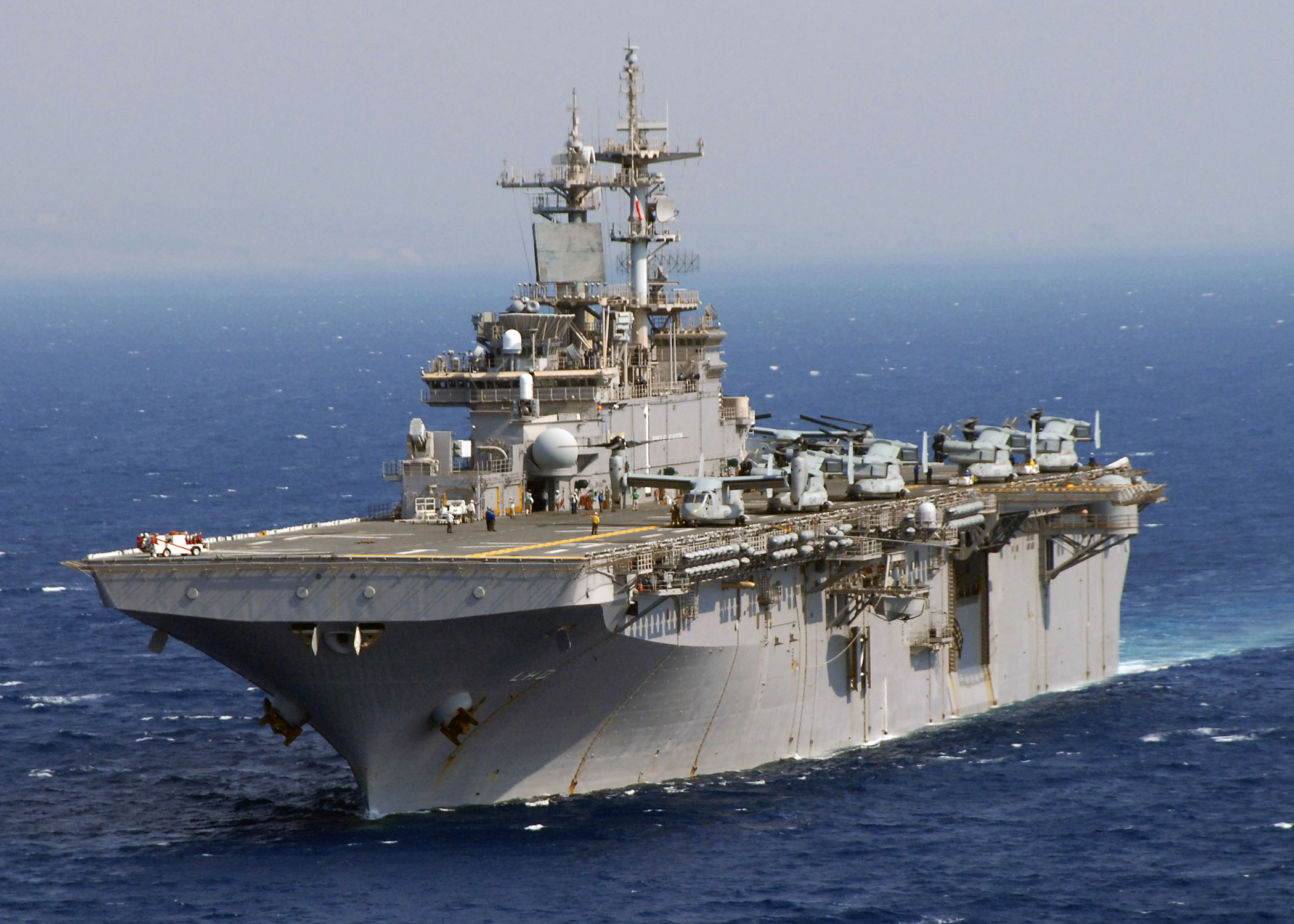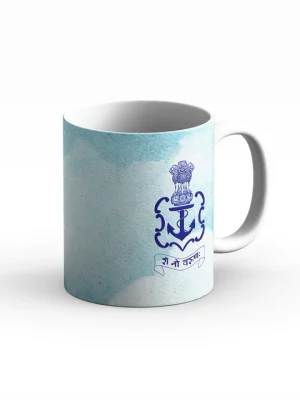A recent report by the Government Accountability Office (GAO) has raised concerns about the readiness of the US Navy’s amphibious warfare fleet, revealing that at least half of the vessels are in poor condition. The findings indicate that out of the Navy’s seven amphibious multi-purpose ships, five are categorized as being in “poor material condition.” This troubling scenario continues with nine of the ten dock landing ships and two out of thirteen amphibious transport docks also facing similar degradation.
In contrast, the Navy’s two amphibious assault ships are reported to be in “satisfactory material condition,” although the overall fleet faces significant challenges. A pivotal issue contributing to the deteriorating state of these vessels is the cancellation of critical maintenance for several of them, prompted by the Navy’s contemplation of retiring these ships early. Compounding this problem are supply chain challenges, particularly with finding spare parts and ensuring the reliability of the components used in the amphibious fleet.
The report emphasizes that the Navy is currently dependent on these poorly maintained ships while awaiting the construction of new vessels. This reliance puts the Navy in a precarious position regarding its ability to meet the mandated fleet requirement of 31 operational ships. The GAO’s analysis suggests that without a change in strategy, the Navy will likely struggle to maintain the necessary size of its amphibious fleet.
One of the report’s more alarming warnings is the potential financial burden associated with extending the service life of these aging ships. Estimates suggest that if the Navy opts to keep all affected vessels operational for an additional three decades, the cost could reach approximately $1 billion. Such a scenario raises questions about the adequacy of the Navy’s current funding and resource allocation.
The ramifications of the fleet’s poor condition are most pronounced for the US Marine Corps, which relies heavily on these amphibious ships to carry out critical missions including amphibious assaults, training exercises, and humanitarian responses. A decline in the operational readiness of these vessels could severely hinder the Marine Corps’ effectiveness and overall mission success.
In light of these findings, the GAO has put forth several recommendations to the Department of the Navy. One of the primary suggestions is to re-evaluate the decision to cancel essential maintenance for the amphibious warfare fleet to ensure that even those ships nearing the end of their expected service life can remain functional. The GAO also highlights the importance of developing proper metrics for measuring amphibious ship availability and establishing performance goals to better assess the health and readiness of the fleet moving forward.













